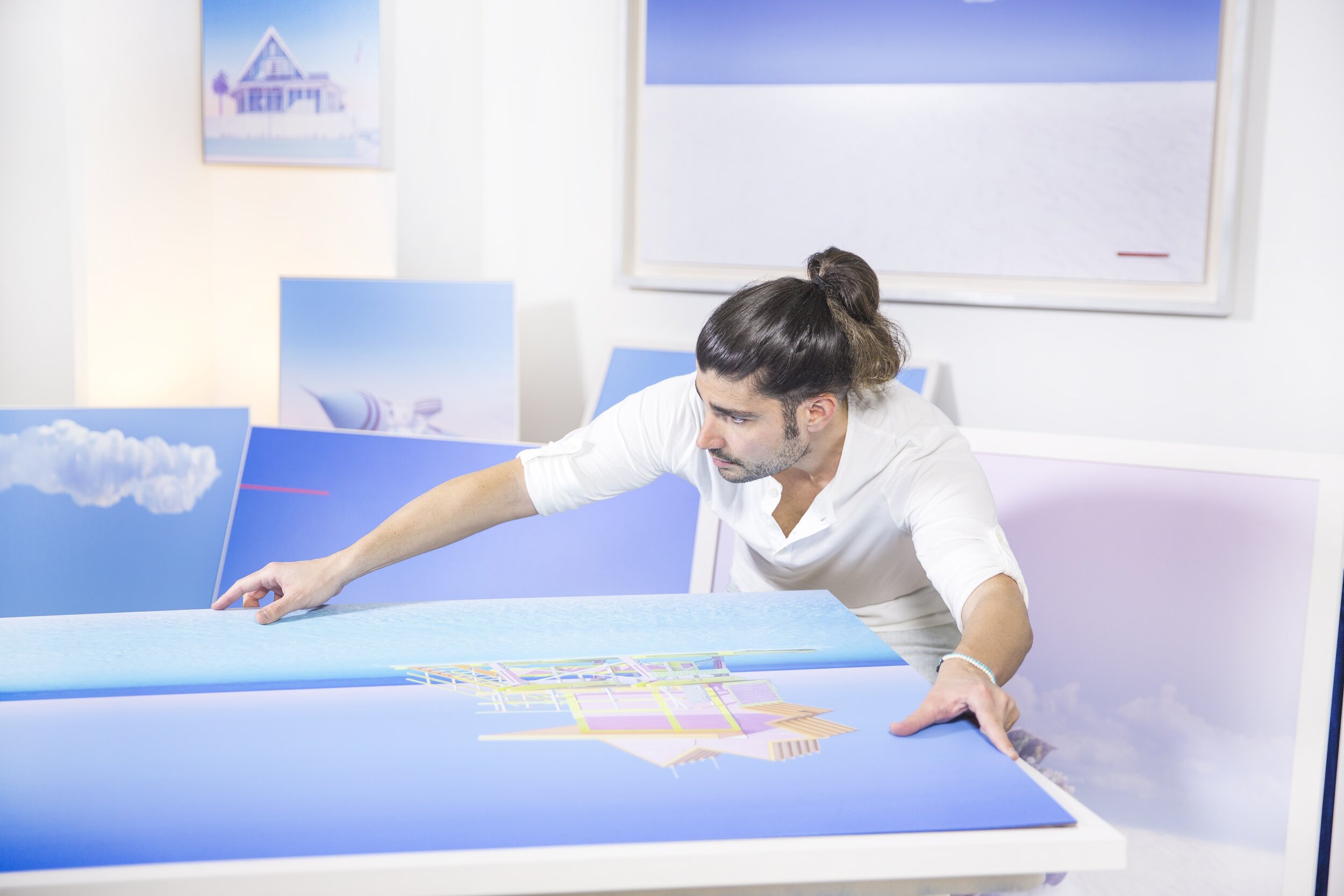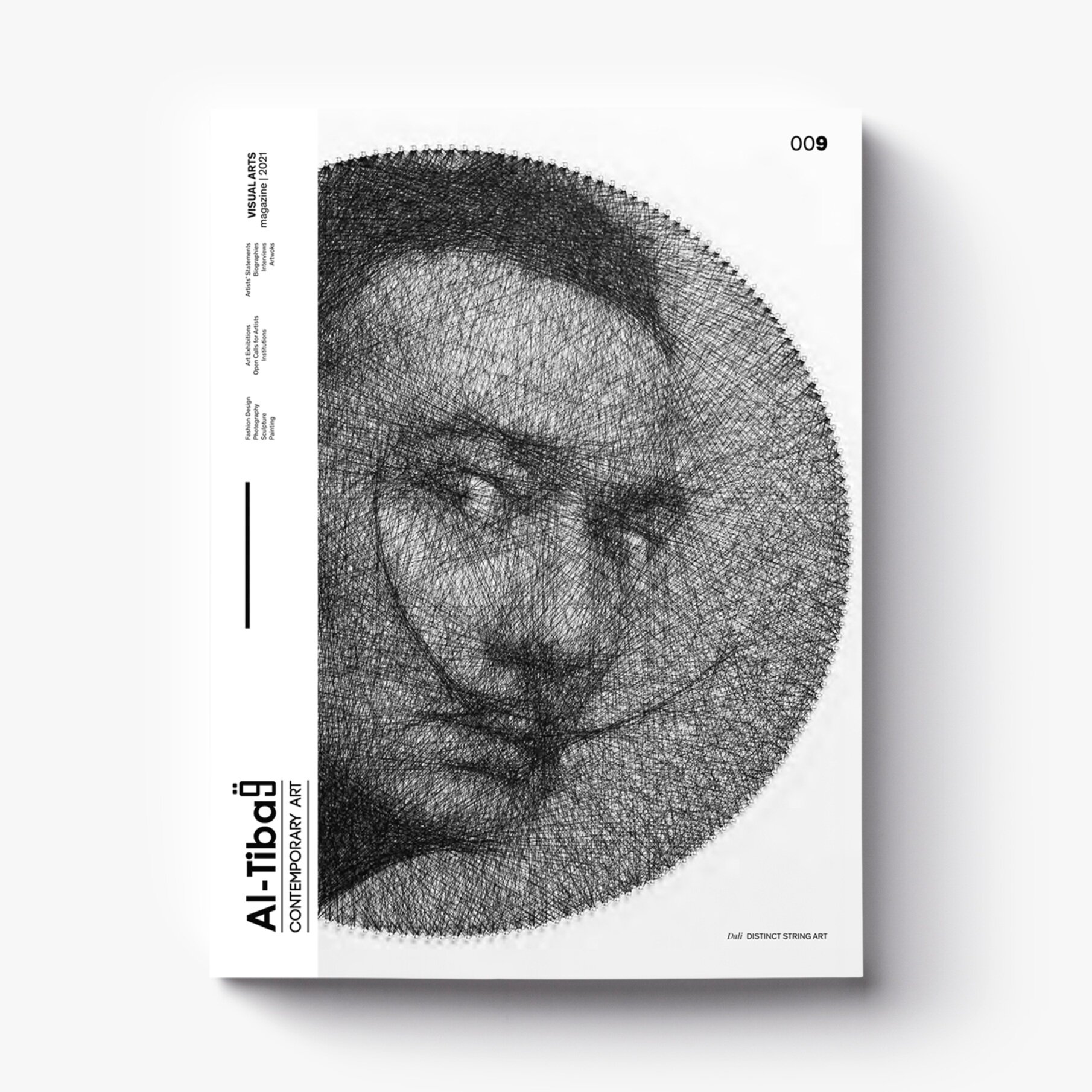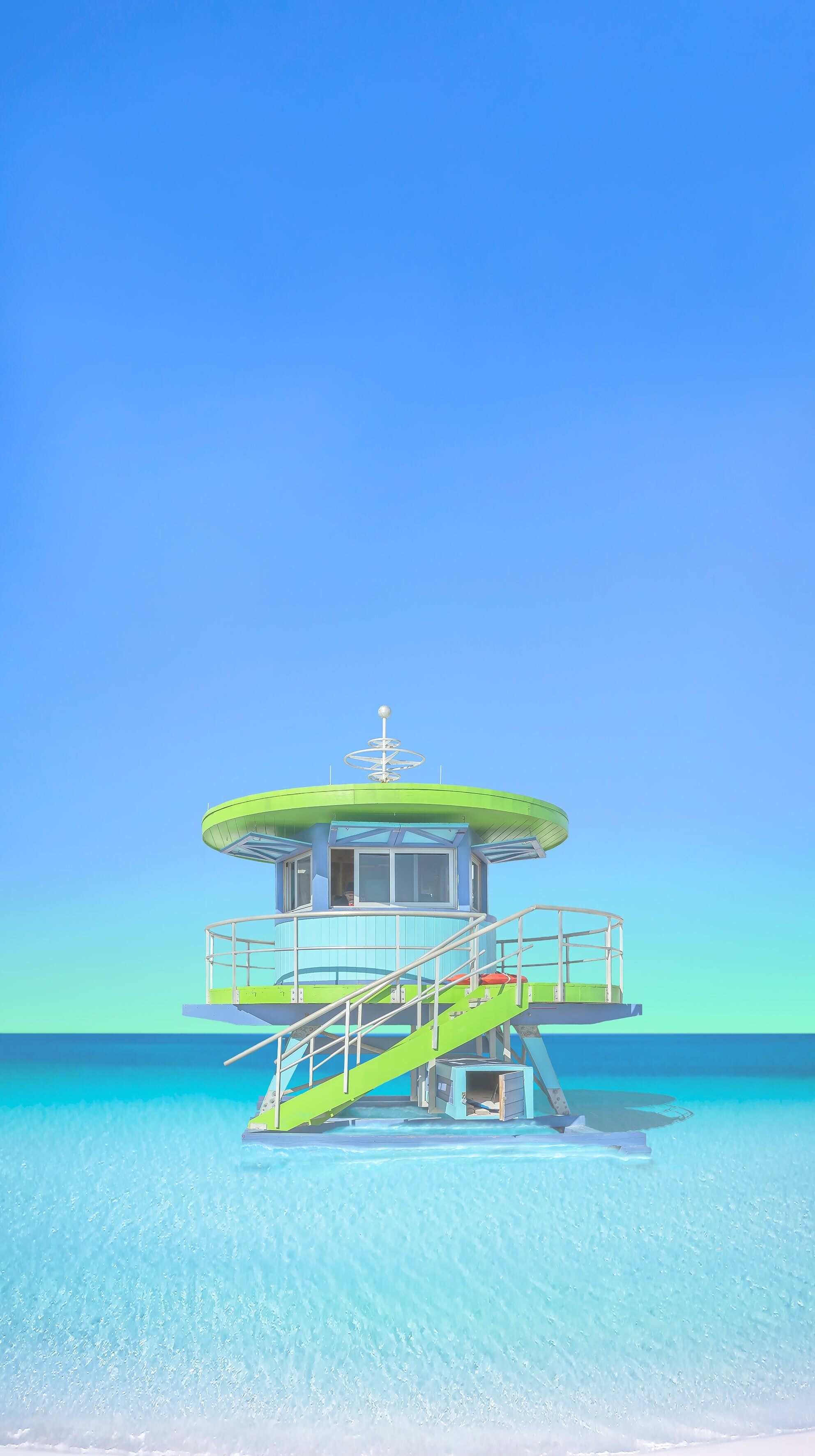10 Questions with Alejandro Áboli
ISSUE09 ART MAGAZINE | FEATURED ARTIST
Alejandro Áboli (Madrid, 1980) is an award-winning filmmaker and photographer. He grew up surrounded by art and culture, as his family was an active member of the art community in Madrid.
Influenced by his artistic roots, Alejandro Áboli developed an early passion for film and photography, combining his natural talent with an extensive education in the subject. He attended the Universidad Complutense de Madrid, where he received his BA in Visual Arts. He complemented his studies with Techniques for Multimedia Applications and an MA of Humanities, both at the Universidad Francisco de Vitoria.
Before creating The RedLine series, Áboli worked as a filmmaker, producer, and photographer for over a decade. With extensive experience in filmmaking, Alejandro has written and/or directed six short films, and he received an award from the New York Film Academy in 2004 for his short film entitled “A solas”. This award allowed Alejandro to come to New York City and complete the AMC Intensive movie-making course at the prestigious New York Film Academy. In addition, his short films “Clarividencia” and “Hemisferio” later received international awards, and “Hemisferio” was preselected for Goya’s 2011 fiction short film.
Áboli has also worked in the advertising industry. He collaborated with some of the biggest European consumer brands, including Mercedes-Benz, Mahou San Miguel, and Granini. As a producer, he led “Promised Land”, a series of 25 documentaries about Israel, and produced five documentaries about Spanish National Parks for The National Geographic.
Áboli is now focusing on The RedLine, which represents a significant transition from a photographer to a visual artist. Combining reality with fiction, Áboli reduces images to their simplest forms to capture the delicate relationship between real and imaginary worlds.
The RedLine | PROJECT DESCRIPTION
The RedLine is the debut as an artist of the photographer and filmmaker Alejandro Áboli. The project was born in May 2015 from the artist’s desire to show his unique way of looking at the World. Ever since Alejandro has been focusing on The RedLine and wandering around the cities in which he has lived – Madrid, London, and New York – to create unified and related bodies of work. Influenced by Pablo Picasso and Dalí paintings, Áboli’s goal is to incorporate surrealism and abstract expressionism into his photos – weaving together reality and fiction.
In his new project, Áboli chose a bright blue and soft pink palette inspired by the two places that defined him: Madrid, with its clear blue skies, and Ibiza, with its unique sunsets full of different shades of pink. Áboli’s photos are perched between realism and imagination, depicting his personal stories. The Redline photos catch the viewer’s eye using a contemporary theme and creating a comfortable ambiguity between reality and fantasy and spiced with a touch of humor.
Aboli’s work is structured in a number series that maintain the essence of The RedLine: real-world scenes mixing contemporary themes with fiction in a minimalist setting. For instance, in the American Dream collection, Áboli wanted to pay tribute to women and their power in today’s World. He was inspired by the classic movie Attack of the 50 Ft Woman, an ode to women capable of conquering the world. He introduced a naked woman who has to fight to make her own space at the metropolis, representing dissonance between the life imposed by society and the life that is desired. Also, the Red Powerphoto is a eulogy to women. Red lipstick emphasizes the importance of their words, framing their mouth in one of the most intense colors – red.
“The RedLine does not represent life as you know it, but life as you dream it.”
Fake Surveillance Vol. I © The RedLine - Alejandro Áboli
INTERVIEW
Art is deeply rooted in your family, so it comes as no surprise that you are an artist yourself. Have you ever considered any other career path?
Not really. As a child, I was obsessed with movies and used to stop them to watch sequences again and ask my family all types of questions about special effects. There was something magical and fascinating to me about cinema. Later on, I started experimenting with photography, framing the reality as I saw it and obsessing around light. I always felt compelled to tell stories and showcase the way I look at things. I found my voice through art.
You have worked as a filmmaker, producer, and photographer, and only recently have you decided to turn to visual art. What convinced you to change?
I moved to London in 2015 and felt very inspired by the city. London has an incredibly active and avant-garde art scene, and I started going to exhibitions and dance performances on a regular basis. I used to walk around the city with my camera, trying to capture its most popular locations but ended up fixating on specific elements like clouds or architectural details. I felt drawn to explore photography in an intimate way during my time there, which was also a time of personal transition. That is how The RedLine project was born.
Fake Surveillance Vol. III © The RedLine - Alejandro Áboli
Perfect Duality © The RedLine - Alejandro Áboli
How much do your previous academic and work experiences influence your current work? Do you find any similarities with your former career that you can talk about?
My previous experience as a filmmaker has had a deep influence on my art. To me, cinema and photography are two different mediums to communicate stories. That is why I took a cinematographic approach to The RedLine project. The same way a movie scene is built by many elements, I mix photographic elements from different places to create a new reality with deeper meaning. My previous approach to photography was about capturing the moment with the best light and technique. With The RedLine, I let my imagination run wild and create fantasies composed of my photographs.
How would you describe yourself in three words?
Observant, stubborn and loyal.
Your latest project, The RedLine, fuses Surrealism and Abstract Expressionism with photography, rendering images of pastel-colored cities. How did you get this idea, and what is the main aim behind this series?
As I mentioned earlier, London was the beginning of the inspiration behind The RedLine. I started to get fixated on its clouds, imagining how they would look in other cities. I started taking pictures of sunsets and skies everywhere I traveled, not entirely sure about what to do with them back then. Then, one night, I dreamt about a red line extending on the horizon. That is how the project came to life in my mind. I would create a new reality (my reality) with different elements that inspired me. My goal is to show the beauty and make people dream with me.
Fake Surveillance Vol. II © The RedLine - Alejandro Áboli
What inspires you in creating such images? And how do you choose which subjects are deemed interesting or poignant enough to be captured?
I find inspiration in nature, my travels, and in my dreams. I have always been interested in how light affects the mood of what our eyes see. That is why I created a differentiated color palette for my work under The RedLine. Sunsets, clouds, and other natural elements are focal points of my work. I have lived in Madrid, London, and New York, so you can find buildings from those cities in my work, placed in unexpected settings. My final source of inspiration comes from my travels, as they give me a chance to discover new places and cultures that keep me active from a creative perspective.
Would you tell us a little more about the creative process behind “The RedLine”?
Each The RedLine photograph has its own story, but I would summarize my creative process in two different routes. I either have the final piece in mind (sometimes I dream them as you see them in my work) and photograph each individual element to create what I dreamt, or I photograph different elements that inspire me at different points in time, and later on, I start building the idea of a photograph that would combine them. In either of these routes, I always challenge myself to shoot the individual pieces of a photograph with a light treatment that would make them feel like they belong together. My creative process takes time and effort, but it is an internal journey that I always find rewarding when I see the final art come to life. The last element I add to my photographs is my signature, a red line. Sometimes it is very present as a focal point of the composition; other times, it is hidden within the scene, but there is always a red line there.
Playground Vol. II © The RedLine - Alejandro Áboli
Over the last year, unable to move as much as we were used to, we all learned to find beauty closer to our homes and living spaces. How did your project, The RedLine, evolve with the pandemic? Were you able to develop it, or did you put it on hold?
The last year brought many challenges and an opportunity to pause and do some internal work that helped me re-prioritize certain elements of my life. I moved to New York in 2017 and have enjoyed my time in the city, but I also knew I wanted to connect with nature at a deeper level and build a studio that would allow me to be a more independent creator. That is why I decided to move to Upstate New York and discovered the unique beauty of the Hudson Valley. I have found a great creative community here while still traveling to New York City often, so I feel I have the best of both worlds.
Playground Vol. I © The RedLine - Alejandro Áboli
Let’s talk about the future. Do you keep up with the latest trends and technologies? Have you ever thought about producing NFTs?
I like reading about the latest trends in technology and the role they play in the art world. We have seen a huge increase in the online art business just recently, and I am very curious about the future of NFTs. I have not produced any yet, but I am starting to entertain the idea.
Think on Pink © The RedLine - Alejandro Áboli
Lastly, what are your plans for the rest of the year and 2022? Anything exciting coming your way?
2021 is being a challenging year in many elements related to my work, but I have kept myself active and created numerous new photographs I can’t wait to exhibit. I am very grateful I was able to start exhibiting again after more than a year. I had a solo exhibition in Sag Harbor early in the Summer at Roman Fine Art Gallery and was able to connect with the public in a recent artist fair in New York. I am exhibiting my work in Santa Monica in September and exploring additional opportunities for the remainder of the year. Regarding 2022, I hope I can travel to certain locations I have in mind for new works and continue exhibiting in art fairs, as that is what brings me the most joy.


























